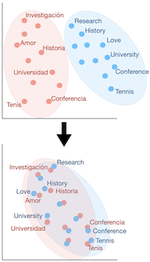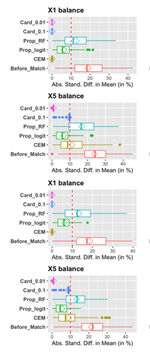Gauthier Guinet
Graduate Researcher
Operations Research Center, Massachusetts Institute of Technology
Biography
I am a second-year master student at the MIT Operations Research Center, advised by Prof. Saurabh Amin and Prof. Patrick Jaillet. My research at MIT focuses on theoretical and algorithmic contributions to the field of Decision Making under Uncertainty, with applications in transportation, pricing and recommender systems. More broadly, I seek to explore how mathematical and computational techniques can help us understand, predict and ultimately improve human behavior in challenging situations.
Prior to joining MIT, I graduated from Ecole Polytechnique majoring in Applied Mathematics and completed two years of preparatory program (CPGE) in Lycée Sainte Geneviève.
During my undergrad studies, I did some research in Machine Learning (Bayesian Optimization for AutoML, Learning to rank for journalistic fact-checking and Unsupervised Bilingual Induction), Finance (information aggregation for portfolio construction) and Healthcare (neuronal coordination dynamics and causal inference to measure treatment effect). In the context of those projects, I had the pleasure to work among other with Prof. Augustin Landier, Prof. Ioana Manolescu and Prof. Laurent Massoulié. I also have had the opportunity to intern at several tech companies or research labs including Amazon Web Services (Berlin Team), INRIA (Paris) and Chorus.
- Sequential Decision Marking under Uncertainty (Bandits, Control, RL..)
- Statistical Learning Theory
- Natural Language Processing
-
MS in Operations Research, 2022
Massachusetts Institute of Technology
-
MS in Applied Mathematics, 2020
Ecole Polytechnique, Paris
-
BS in Mathematics, 2017
Ecole Polytechnique, Paris
Publications
Technical Report
Contact
- gguinet [at] mit [dot] edu
- 18 Valentine Street, Boston, MA 02139



